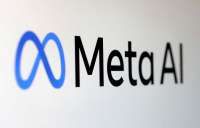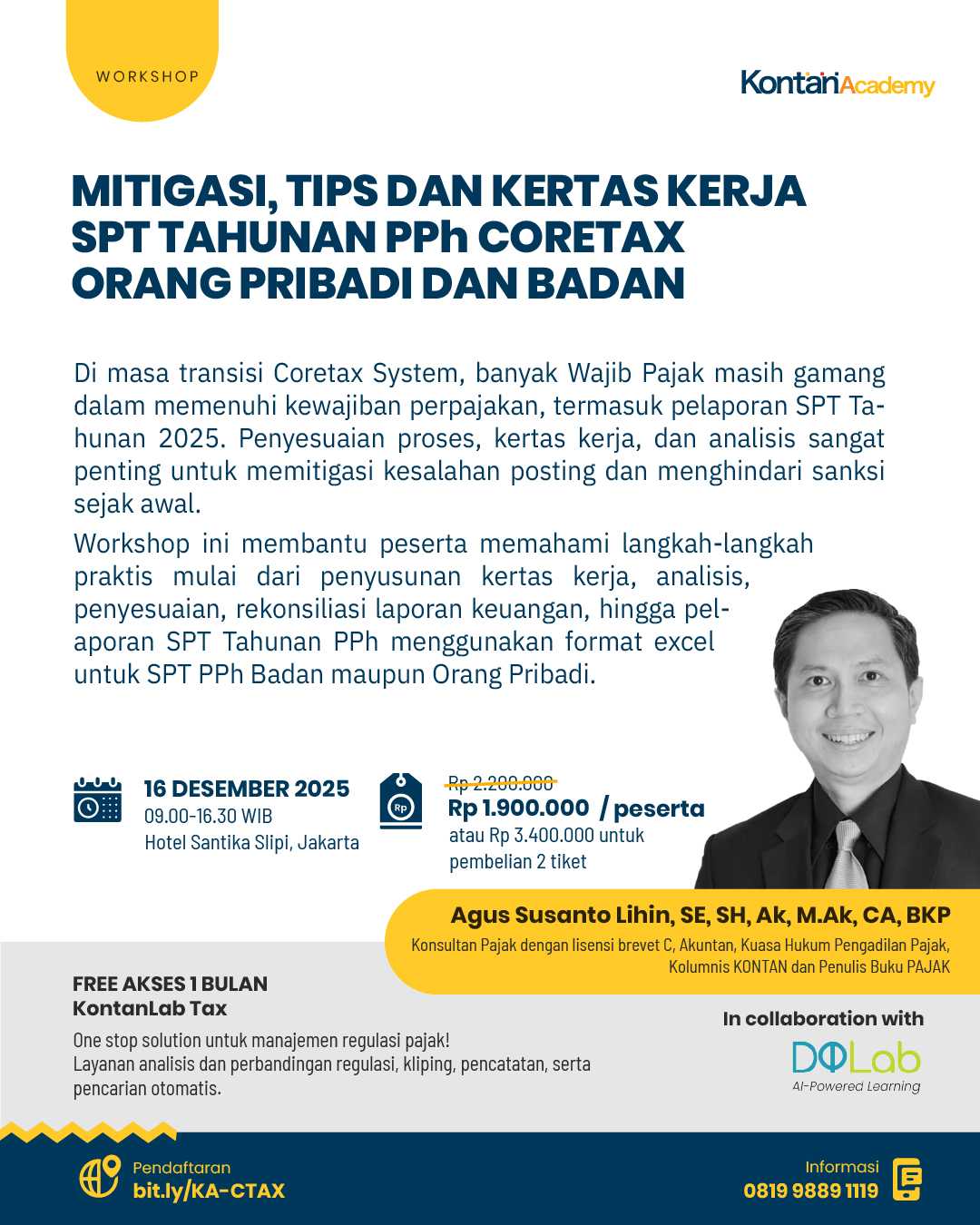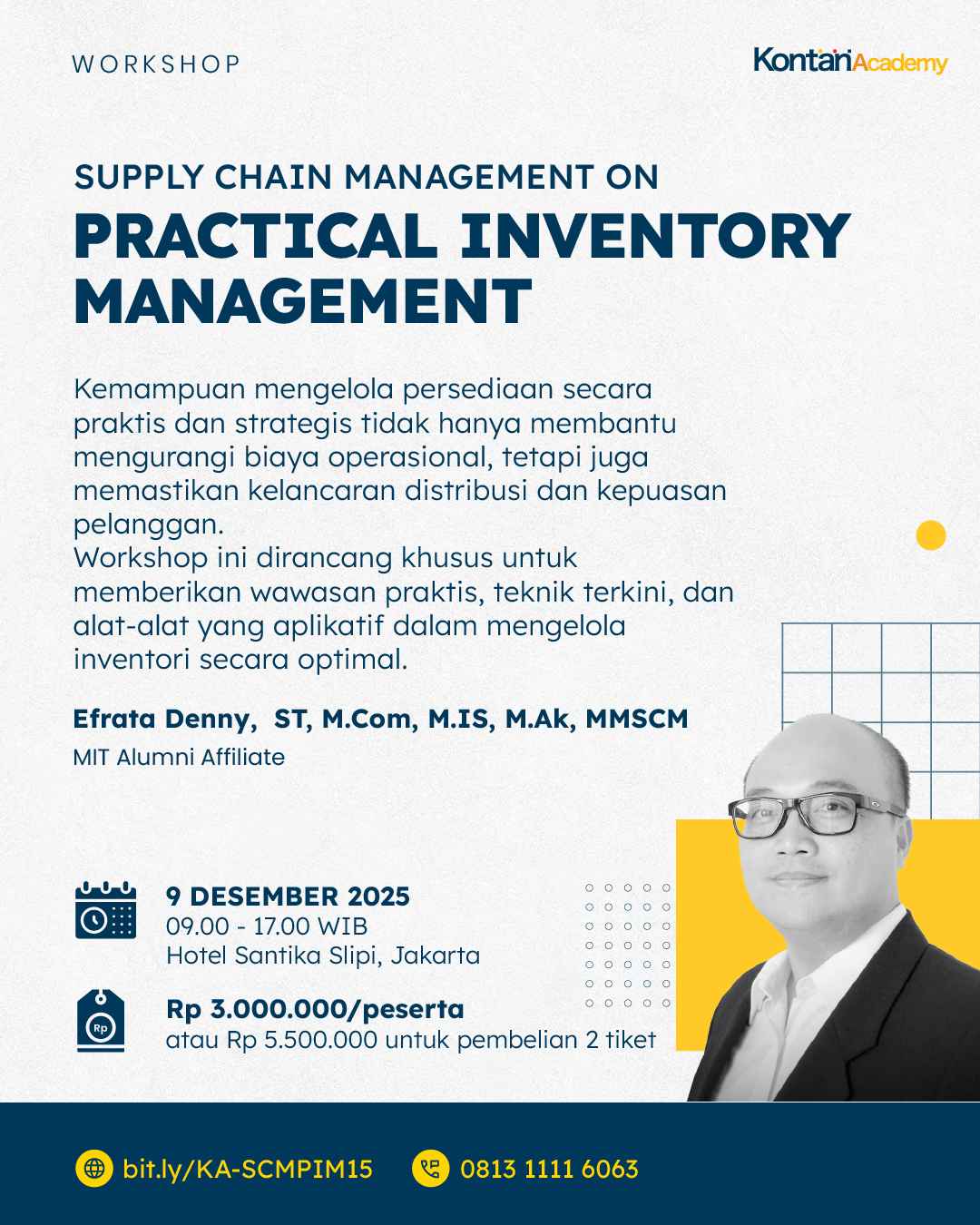Sumber: The Fed | Editor: Hasbi Maulana
Participants noted incoming data suggesting some slowing in the rate of growth of household spending and business fixed investment after strong fourth-quarter readings. However, they expected that the first-quarter softness would be transitory, pointing to a variety of factors, including delayed payment of some personal tax refunds, residual seasonality in the data, and more generally to strong economic fundamentals. Among the fundamentals that participants cited were high levels of consumer and business sentiment, supportive financial conditions, improved economic conditions abroad, and recent changes in fiscal policy. Participants generally saw the news on spending and the labor market over the past few quarters as being consistent with continued above-trend growth and a further strengthening in labor markets. Participants expected that, with further gradual increases in the federal funds rate, economic activity would expand at a solid rate during the remainder of this year and a moderate pace in the medium term, and that labor market conditions would remain strong. Inflation on a 12-month basis was expected to move up in coming months and to stabilize around the Committee's 2 percent objective over the medium term. Several participants noted that the 12-month PCE price inflation rate would likely shift upward when the March data are released because the effects of the outsized decline in the prices of cell phone service plans in March of last year will drop out of that calculation. Near-term risks to the economic outlook appeared to be roughly balanced, but participants agreed that it would be important to continue to monitor inflation developments closely.
Many participants reported considerable optimism among the business contacts in their Districts, consistent with a firming in business expenditures. Respondents to District surveys in both the manufacturing and service sectors were generally upbeat about the economic outlook. In some Districts, reports from business contacts or evidence from surveys pointed to continuing shortages of workers in segments of the labor market. Activity in the energy sector continued to expand, with contacts suggesting that further increases were likely, provided that sufficient labor resources were forthcoming. In contrast, contacts in the agricultural sector reported that farm income continued to experience downward pressure due to low crop prices.
A number of participants reported concern among their business contacts about the possible ramifications of the recent imposition of tariffs on imported steel and aluminum. Participants did not see the steel and aluminum tariffs, by themselves, as likely to have a significant effect on the national economic outlook, but a strong majority of participants viewed the prospect of retaliatory trade actions by other countries, as well as other issues and uncertainties associated with trade policies, as downside risks for the U.S. economy. Contacts in the agricultural sector reported feeling particularly vulnerable to retaliation.


/2018/03/12/877210192.jpg)















